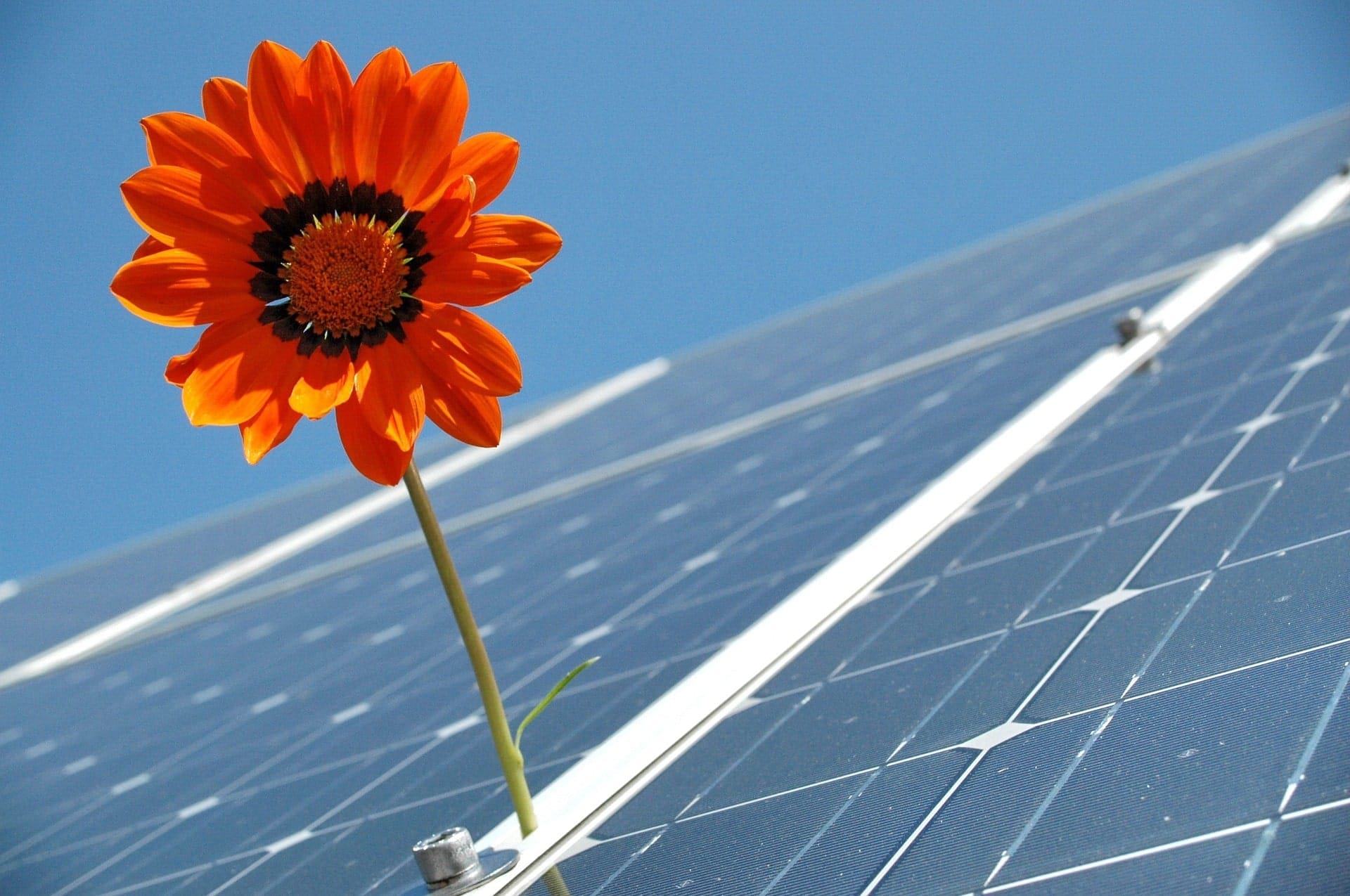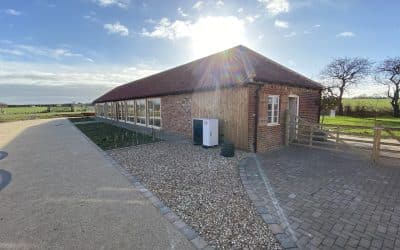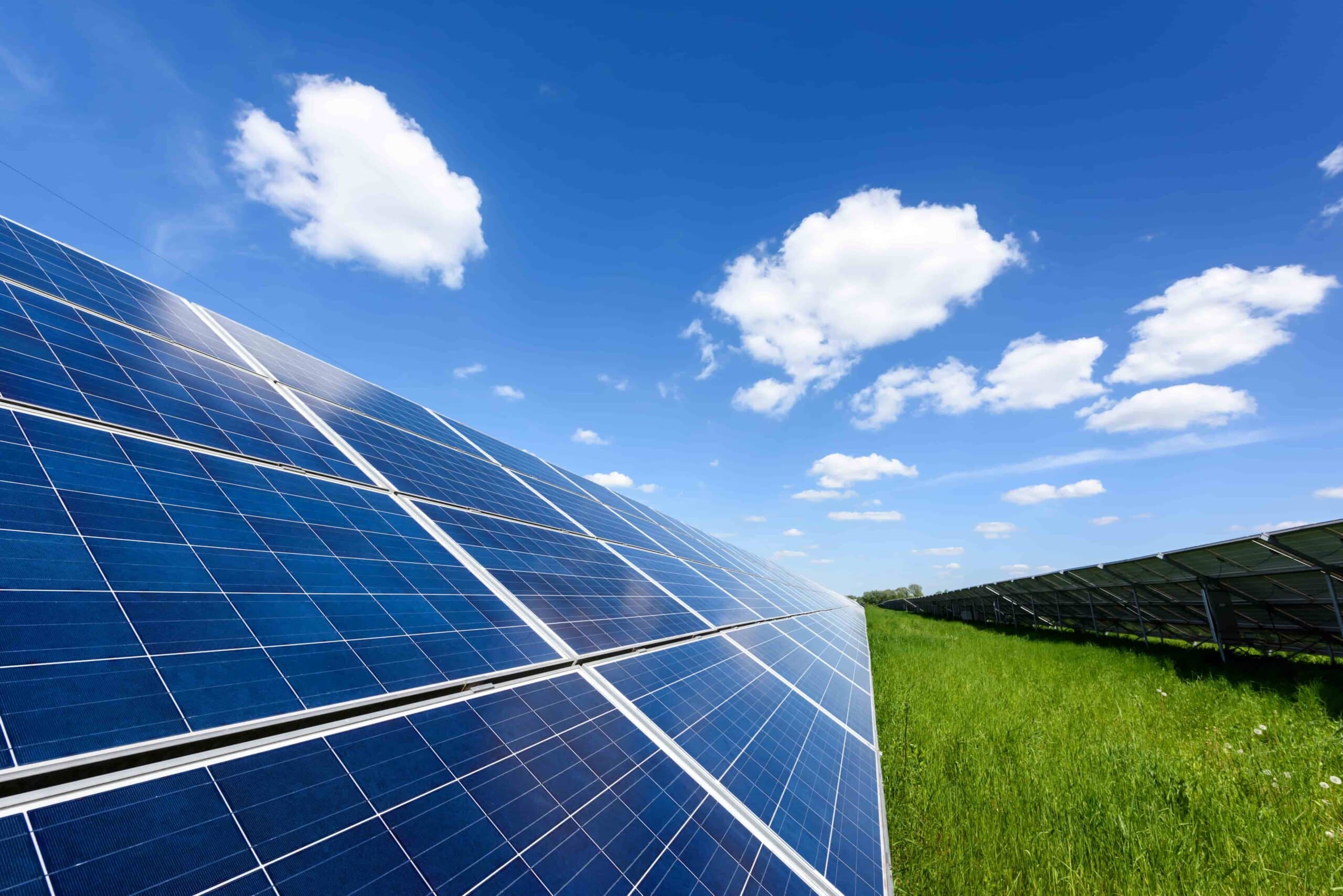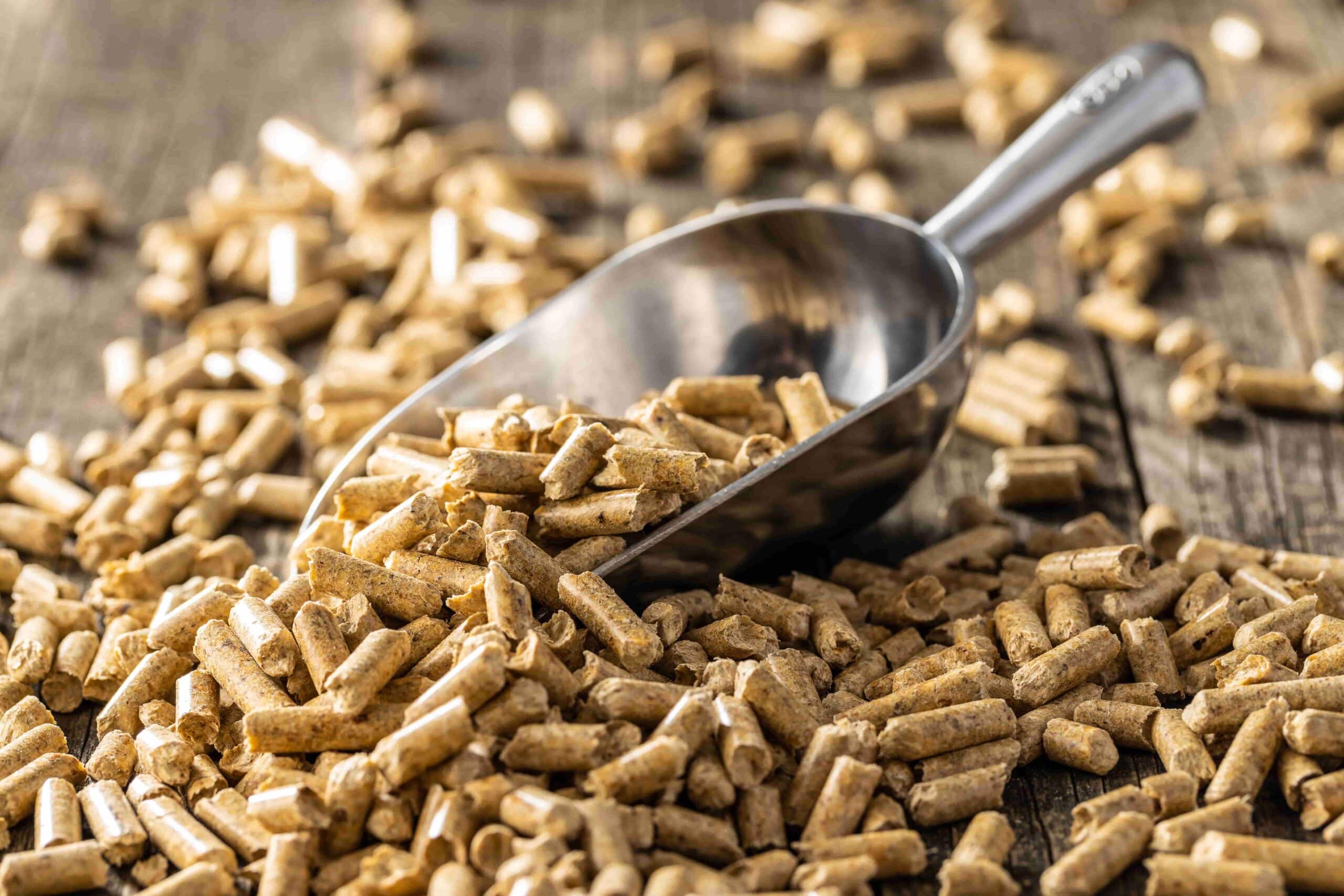An air-source heat pump, or ASHP , is a relatively more environmentally friendly way to produce heat in any domestic or commercial setting.
While the processes involved in the functioning of this heating system are comparatively less cumbersome and disruptive than others, you still need a professional heating engineer who can do everything required for a successful ASHP installation.
The installation process is perhaps the most prominent step. As leading renewable heating industry experts, at JL Phillips we’ve put together this comprehensive air source heat pump installation guide to explain what the process entails.
Let’s get started!
The Installation Process
Before the actual fitting and integration of this green heating solution, as professionals, we analyse your domestic or commercial space, its heating capacity, geographical location of your property, electrical fittings and certain user interfaces such as availability of thermostats.
The next step is to alter and adjust our installation process depending on your needs and our findings.
After the installation is complete, our heating engineers give you the handover of the equipment while explaining how it works. We also give you a rundown on how to maintain your heat pump for maximum output and efficiency.
Air source heat pumps, by design, are sturdy machinery that require a basic level of servicing and maintenance once a year at least. For commercial properties, we recommend servicing your heat pumps twice a year.
Proper maintenance will add to the longevity of your heat pump, so be sure to schedule your heat pump servicing with us, right here!
The Location for Installation
Air source heat pumps require relatively small spaces, but for your pump to function at its best, you need to ensure that there is good airflow. With that in mind, instead of setting them in narrow alleyways, the open spaces in the garden or the outside space are ideal.
The location and positioning of your heat pump should be such that its easy to reach for maintenance and for sheer convenience. To do so, consider installing your system on the ground level rather than on a heightened roof for easy access. If not, a flat roof is your second option.
Lastly, remember to have an appropriate distance of one metre from the property boundary to abide by the official permissions.
The After-Installation Care
Once the installation is complete, the professionals commission the system while giving you the necessary information about it.
When it comes to maintenance, any problems that arise are generally visual with air source heat pump systems. For instance, you can try basic at-home inspections like keeping the free airflow movement in check, removing the blockages created by fallen leaves or debris and more.
Moreover, you should also keep an eye out on the insulation of all pipework; making sure that they are intact with no visible signs of leaks or corrosion on the casing is extremely important.
That said, we suggest that you get an annual maintenance service for your ASHP system to deliver pique performance.
While the visible problems are easy to deal with, the non-visual ones like less heat production will require professional assistance. Since less heat production will need a thorough investigation, we are the right fit for it.
Book an appointment with us today!
Get in Touch With JL Phillips for Expert Green Heating Solutions
JL Phillips has the necessary experience for processes that deal with the installation and maintenance of renewable heating solutions. We have been in the heating industry long enough to have the necessary and exhaustive knowledge about everything to do with ASHP installation.
Our team consists of expert professionals which means you receive the best service where customer satisfaction is guaranteed.
That said, read this air source heat pump installation guide thoroughly to understand the basics and leave the rest to us.
To book your appointment, give us a call on 01636 642790 today!




